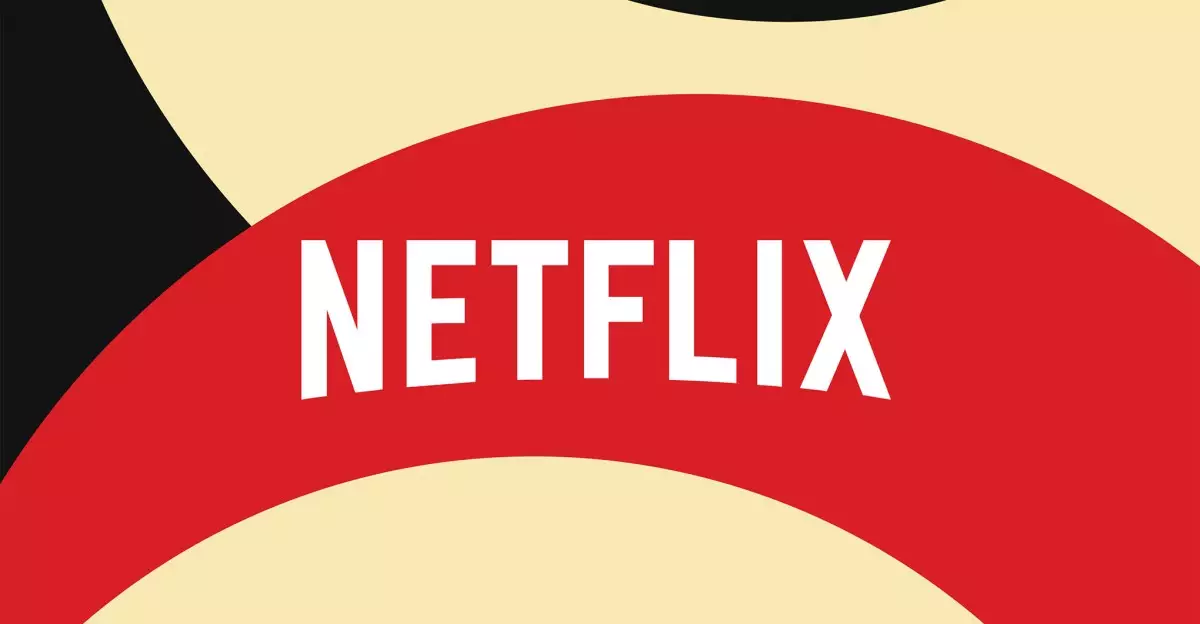The streaming landscape is continually evolving, and Netflix’s recent incorporation of HDR10 Plus marks a significant milestone, particularly for Samsung TV users. The absence of Dolby Vision support on Samsung devices has long been a source of frustration, leaving users wondering if they were truly experiencing the full potential of HDR technology. Netflix’s decision to back HDR10 Plus provides a crucial upgrade, allowing viewers to enjoy richer colors and improved clarity on their compatible Samsung TVs.
The Rise of HDR10 Plus: A Competitive Alternative
While Dolby Vision has dominated the HDR landscape, claiming superiority through its dynamic metadata capabilities, HDR10 Plus emerges as a formidable challenger. Created by Samsung in 2017, HDR10 Plus offers scene-by-scene adjustments in tone-mapping without the costly royalty fees associated with Dolby Vision. This accessibility makes HDR10 Plus a more auspicious option for broader adoption across platforms, especially as Samsung continues to solidify its position as the leading TV manufacturer, owning nearly a third of the global market.
As more content becomes available in HDR10 Plus through Netflix’s enhancement, we can expect the format’s footprint to expand significantly. The fact that HDR10 Plus now accounts for an impressive 50% of eligible viewing hours on Netflix shows a tangible shift in viewing habits. Audiences are thoroughly embracing this technology, recognizing its potential for depth and realism that classic HDR formats can’t match.
The Technical Aspects: AV1 and Beyond
For those wondering about the technical intricacies, Netflix’s implementation of HDR10 Plus utilizes the AV1 video codec. Most televisions manufactured in the last five years are already equipped to handle this standard, making the transition to this advanced HDR format seamless for many users. With the promise from Netflix to expand its library of HDR10 Plus content, the streaming giant is not only enhancing user experience but also pushing the industry to recognize HDR10 Plus as a legitimate contender against Dolby Vision.
As users increasingly demand high-quality visuals in their content, leveraging advanced HDR formats is becoming critical. It’s expected that by the end of 2025, Netflix will have firmly settled into HDR10 Plus, broadening its catalog to encompass all HDR titles available. This level of commitment reflects a larger trend of prioritizing viewer satisfaction and technological advancement.
Implications for the Streaming Industry
Netflix’s strategic move indicates a significant shift in how streaming platforms may choose to navigate the landscape of HDR support in the future. With competitors like Disney Plus and Apple TV Plus already embracing HDR10 Plus, the pressure is on for services to adopt formats that maximize viewers’ experiences without encumbering them with financial barriers.
In this context, the expansion of HDR10 Plus is not merely an enhancement for Samsung TV owners; it’s a broader reflection of the industry’s direction. By prioritizing accessibility and compatibility over exclusivity, Netflix sets a precedent that could lead other platforms to reconsider their policies regarding HDR content.
As viewers continue to explore vivid and lifelike streaming experiences, Netflix’s embrace of HDR10 Plus could pave the way for a more inclusive and innovative approach to content delivery, a scenario applauded by tech enthusiasts and casual viewers alike.

